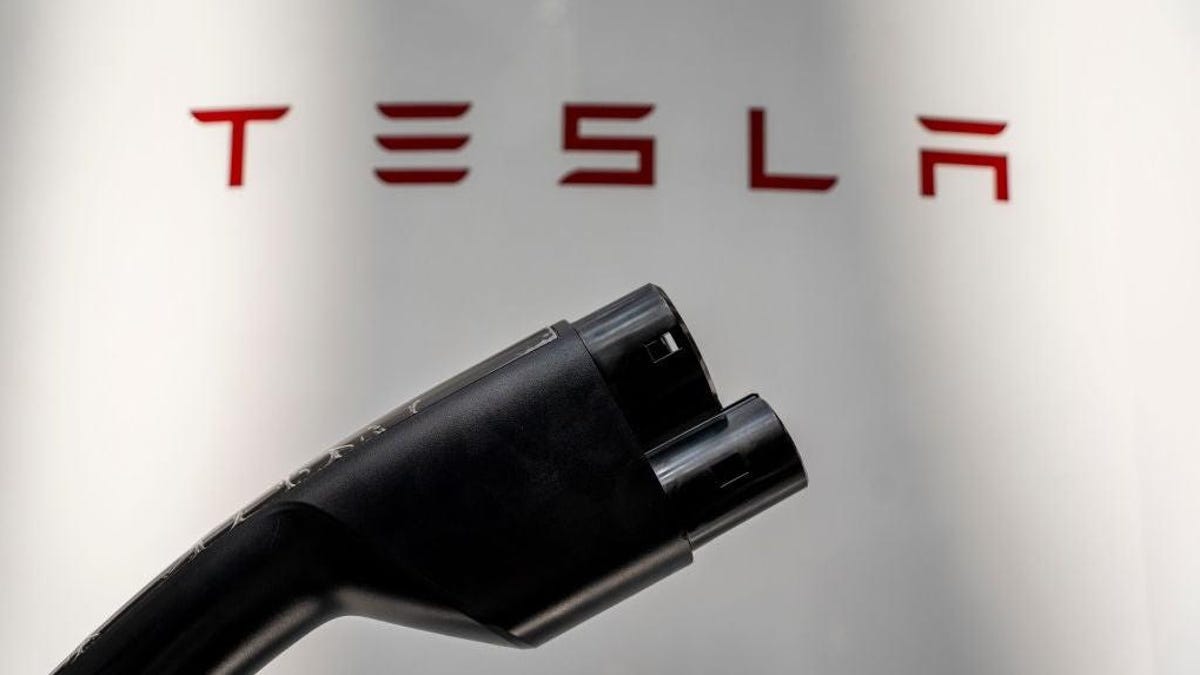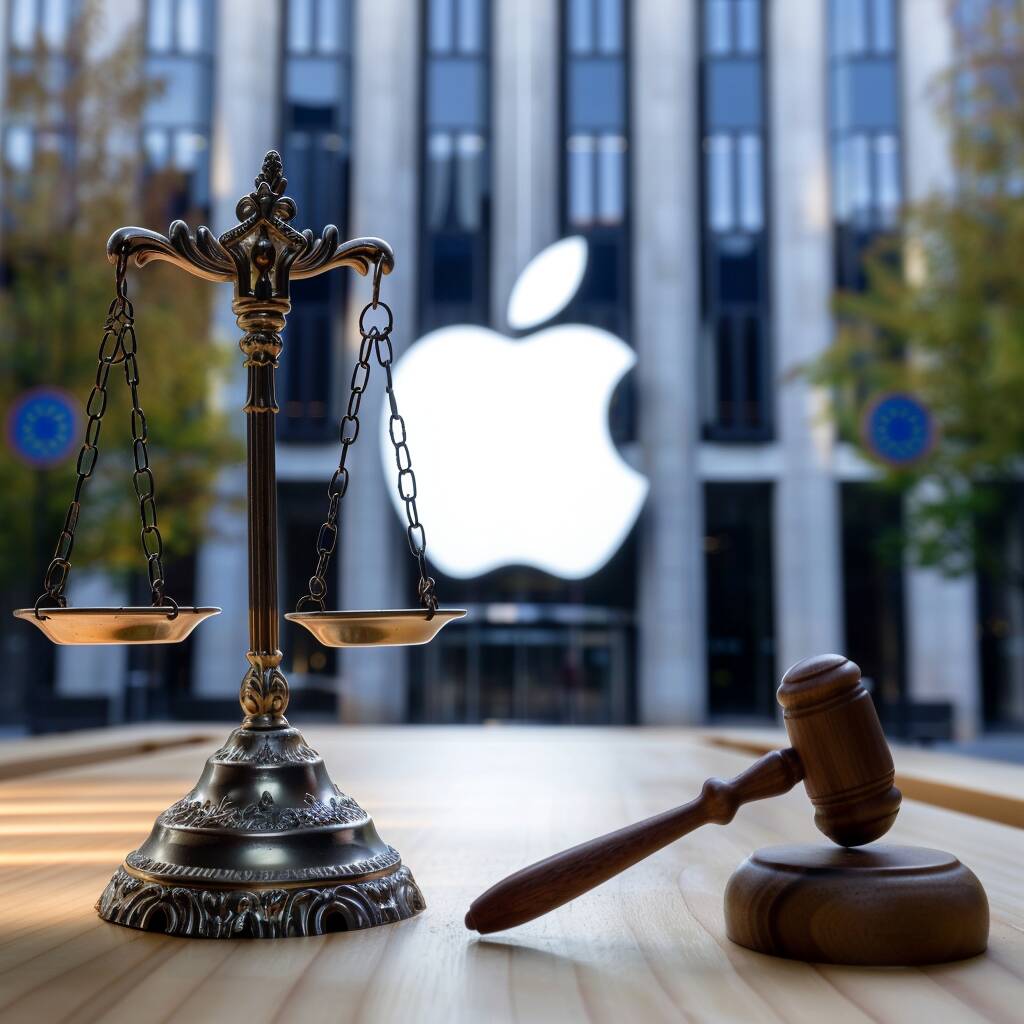[…]
Even after Microsoft patched the vulnerability last month, the company made no mention that the North Korean threat group Lazarus had been using the vulnerability since at least August to install a stealthy rootkit on vulnerable computers. The vulnerability provided an easy and stealthy means for malware that had already gained administrative system rights to interact with the Windows kernel. Lazarus used the vulnerability for just that. Even so, Microsoft has long said that such admin-to-kernel elevations don’t represent the crossing of a security boundary, a possible explanation for the time Microsoft took to fix the vulnerability.
A rootkit “holy grail”
“When it comes to Windows security, there is a thin line between admin and kernel,” Jan Vojtěšek, a researcher with security firm Avast, explained last week. “Microsoft’s security servicing criteria have long asserted that ‘[a]dministrator-to-kernel is not a security boundary,’ meaning that Microsoft reserves the right to patch admin-to-kernel vulnerabilities at its own discretion. As a result, the Windows security model does not guarantee that it will prevent an admin-level attacker from directly accessing the kernel.”
The Microsoft policy proved to be a boon to Lazarus in installing “FudModule,” a custom rootkit that Avast said was exceptionally stealthy and advanced.
[…]
In years past, Lazarus and other threat groups have reached this last threshold mainly by exploiting third-party system drivers, which by definition already have kernel access. To work with supported versions of Windows, third-party drivers must first be digitally signed by Microsoft to certify that they are trustworthy and meet security requirements. In the event Lazarus or another threat actor has already cleared the admin hurdle and has identified a vulnerability in an approved driver, they can install it and exploit the vulnerability to gain access to the Windows kernel. This technique—known as BYOVD (bring your own vulnerable driver)—comes at a cost, however, because it provides ample opportunity for defenders to detect an attack in progress.
The vulnerability Lazarus exploited, tracked as CVE-2024-21338, offered considerably more stealth than BYOVD because it exploited appid.sys, a driver enabling the Windows AppLocker service, which comes preinstalled in the Microsoft OS. Avast said such vulnerabilities represent the “holy grail,” as compared to BYOVD.
In August, Avast researchers sent Microsoft a description of the zero-day, along with proof-of-concept code that demonstrated what it did when exploited. Microsoft didn’t patch the vulnerability until last month. Even then, the disclosure of the active exploitation of CVE-2024-21338 and details of the Lazarus rootkit came not from Microsoft in February but from Avast 15 days later. A day later, Microsoft updated its patch bulletin to note the exploitation.
[…]
Source: Hackers exploited Windows 0-day for 6 months after Microsoft knew of it | Ars Technica




